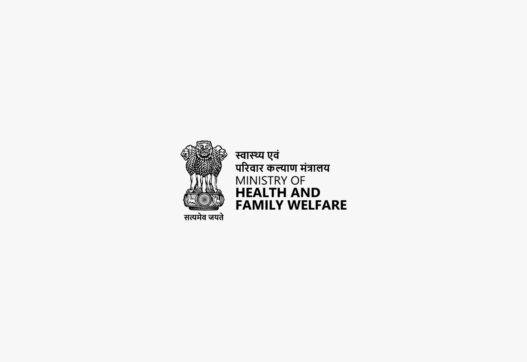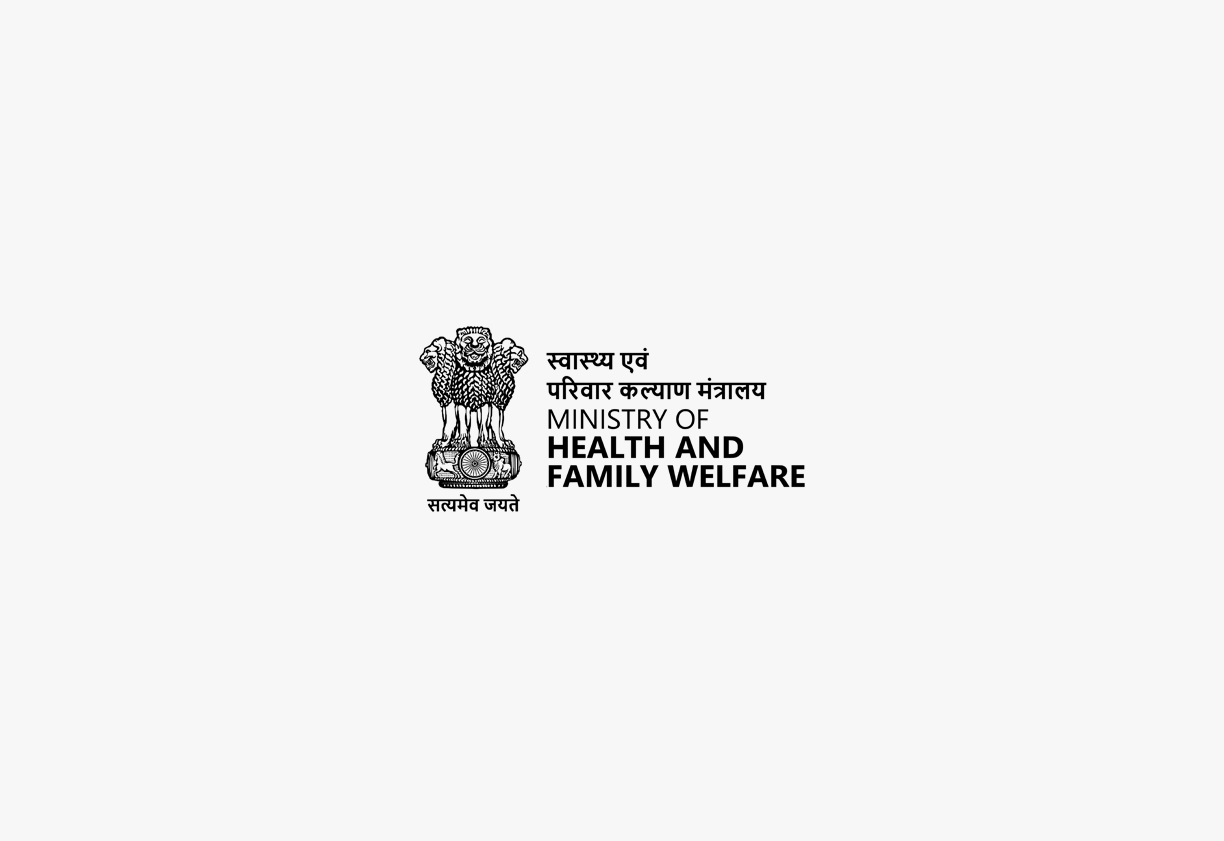Ministry of Health and Family Welfare
The National Medical Commission Act, 2019, was enacted to provide for a medical education system that improves access to quality and affordable medical education, ensures the availability of medical professionals, promotes national health goals, and enforces high ethical standards in medical services.
1: Act Background and Ministry Under Which This Act Is:
The National Medical Commission Act, 2019, was enacted to provide for a medical education system that improves access to quality and affordable medical education, ensures the availability of adequate and high-quality medical professionals, and promotes ethical conduct in the profession. The act falls under the administrative purview of the Ministry of Health and Family Welfare, which is responsible for overseeing medical education and healthcare standards in India. The ministry plays a crucial role in ensuring quality and ethical medical practices.
2: Enactment Date, Number of Chapters, Number of Sections:
The National Medical Commission Act, 2019, was enacted on 8th August, 2019, and is known as Act No. 30 of 2019. The act is structured into eight chapters. It comprises 61 sections, covering various aspects such as definitions, constitution of the National Medical Commission, the Medical Advisory Council, Autonomous Boards, national examinations, recognition of medical qualifications, and provisions for finance, audit, and accounts. The act also includes a schedule listing recognized medical qualifications. The act has been amended over time to reflect changing requirements.
3: Act Governed By:
The National Medical Commission Act is governed by the Central Government, which has the power to make rules and regulations under the Act. The National Medical Commission (NMC) is the primary regulatory body at the national level, while State Medical Councils also play a role in implementing the act. The act is governed by the provisions outlined within it, as well as rules and regulations framed by the Central government. It is therefore a combination of central and state oversight.
4: On Whom It Is Applicable:
The provisions of the National Medical Commission Act are applicable to all medical institutions, universities, medical professionals, medical students, and the Central and State Governments involved in medical education and practice in India. The act ensures that all stakeholders adhere to the standards and regulations outlined, as well as the Act’s mandate and guiding principles. The general public are indirect beneficiaries of the act’s provisions.
5: Penalties/Punishments:
The National Medical Commission Act does not specifically lay down penalties or punishments for violation of its provisions. However, the act empowers the Commission to take action against medical institutions that fail to maintain the prescribed standards. The act also provides for the withdrawal of recognition of medical qualifications and the imposition of monetary penalties. The act ensures accountability through regulatory measures. The act therefore prioritizes good governance and public welfare.
6: Important Pointers:
-
National Medical Commission (NMC): The act establishes the National Medical Commission as the primary regulatory body.
-
Autonomous Boards: It provides for the constitution of Autonomous Boards to oversee different aspects of medical education.
-
Medical Advisory Council: It establishes a Medical Advisory Council to advise the Commission.
-
National Eligibility-cum-Entrance Test (NEET): It mandates a uniform National Eligibility-cum-Entrance Test for admission to medical education.
-
National Exit Test (NEXT): It introduces a National Exit Test for granting license to practice medicine.
-
Recognition of Qualifications: It outlines the process for recognizing medical qualifications and training institutions.
-
Rule-Making Power: It empowers the Central Government and the Commission to make rules and regulations for carrying out the purposes of the act. The act provides a comprehensive framework for medical education and research in India.
7: Act Copy:




